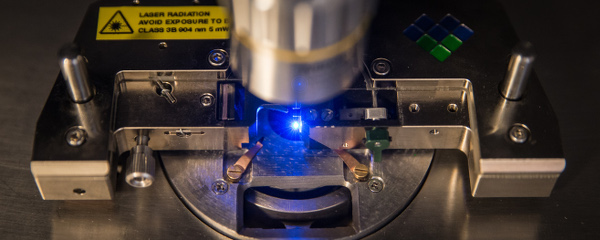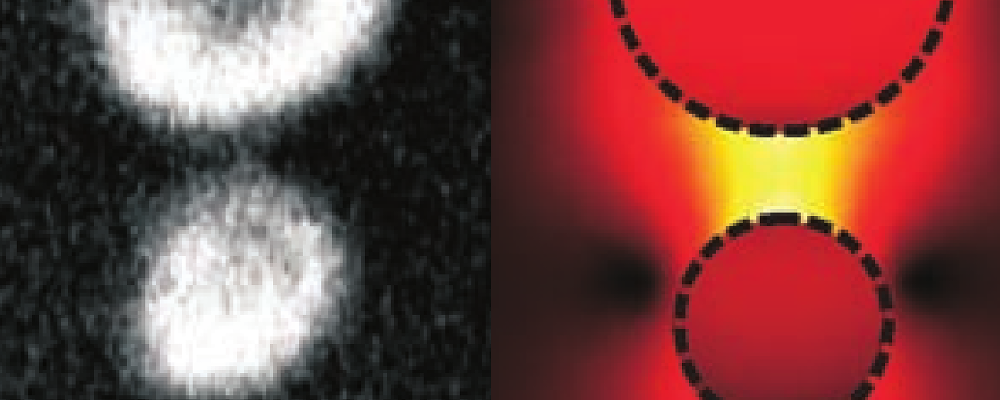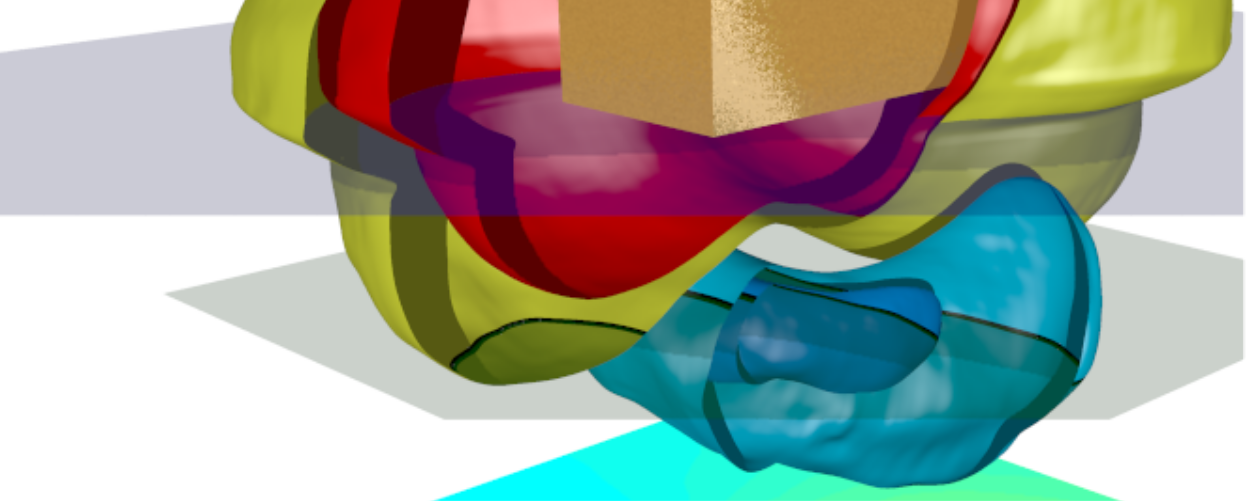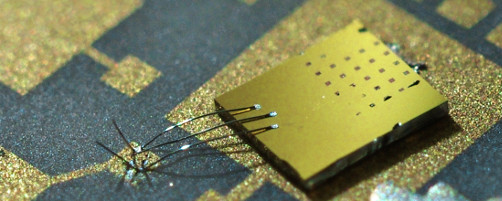Research
The scientific focus of the chair is optical spectroscopy, i.e., the investigation of matter with light. We are using ultrafast laser pulses to follow the dynamics of the optical properties of materials on a femtosecond timescale
We are working in the field of ultrafast nanooptics and combine optical spectroscopy of ultrafast temporal resolution (femtoseconds) with high spatial resolution (nanometers). We use these methods to investigate single nanoobjects such as molecules, semiconductor nanocrystals and metal nanoparticles, but also two-dimensional nanosystems as graphene. One important tool is gold nanostructures that show a plasmon resonance and enhance, similar to radio antennas, the interaction of light with the nanoobject.

NEARFIELD MICROSCOPY
Light is able to excite the free electrons of a metal to collective oscillations. In noble metal nanoparticles of 10-100 nm diameter this leads to a resonance in the visible spectral range, the so-called plasmon resonance. One finds an enhanced electro-magnetic field in the environment of the nanoparticle.

NONLINEAR SPECTROSCOPY
If a material is irradiated with very short laser pulses, nonlinear effects may occur due to the high intensity of the pulses. This is similar tothe striking of a bell, in which, in addition to the fundamental tone, upper harmonics are always excited to vibrate. A typical example of this is the generation of the second harmonic: light of twice the frequency is generated so that when excited with red light also blue light is emitted.

QUANTUM EMITTERS FOR PLASMONICS
In the radio frequency range, antennas allow the emission of a resonant circuit to be directed to a receiver in a very controlled manner. In the optical frequency range, we do not have this option. Particle plasmons, the collective resonant oscillation of the electrons of a metal nanoparticle, are a promising candidates for antennas in the visible frequency range. However, it is not readily possible to apply the concepts of radio frequency technology to the optics because, for example, the losses in metals are much greater in the visible. In this project, the 'resonant circuit' is a single semiconductor quantum dot showing very stable photoemission. The 'antenna' is a metal nanoparticle that has been placed near it.

QUANTUM OPTICS
Epitaxially grown semiconductor quantum dots are a good example of a two-level quantum mechanical system in solid state. The optical excitation in such a two-level system can be used as a quantum bit (QBit) in a quantum computer. However, a single QBit is not enough. One needs several QBits connected to each other, a so-called quantum register. The decay of the coherence in the individual QBits makes it necessary that generation, modification and readout of the QBits must take place on a picosecond timescale. We examine the response of a single quantum dot, a single Qbit, to an ultrashort laser pulse and develop methods to optically alter the state of the Qbit and read it out by interferometry.

